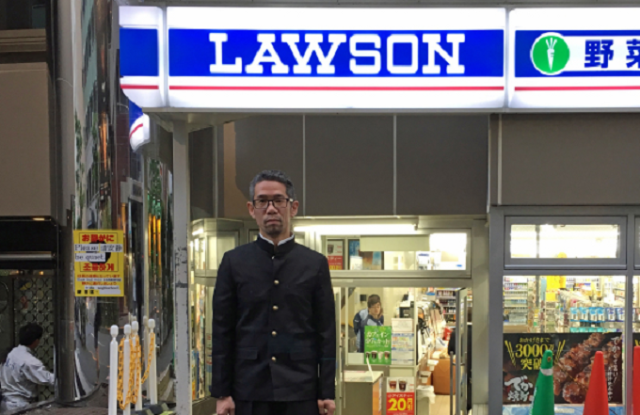
Surprisingly, prunes and nicotine patches didn’t crack the top 10.
As I get older I find it harder and harder to relate to the youth of today what with their Beatles albums, technicolor films, and VTubers. But looking at a new survey of kids in elementary and junior high school, I learned that maybe we really aren’t all that different after all.
The study was done by Bandai, the toy company behind Japanese heavyweight children’s franchises like Anpanman, Kamen Rider, and Pretty Cure. Their goal was to see how much kids are getting for an allowance these days and – more importantly for Bandai – what they’re spending that money on.
According to the survey of 900 kids, roughly half received allowances on a regular basis such as weekly or monthly. However, among them nearly 90 percent receive money from their parents while a little under a quarter get a regular allowance from their grandparents, suggesting a segment of kids who receive dual incomes exists.
▼ Grandpa and grandma are referred to as “jiji“and “baba” respectively in Japan, but they ought to be called “cha” and “ching!“
Grandparents proved to be a lucrative source of allowances as well, with them doling out between 2,000 and 3,500 yen (US$18 – $32) a month on average, compared to a parent’s range of 1,200 to 2,500 yen (US$11 – 23).
So, what are these kids choosing to spend this limited amount of money on? At first, I figured it’d be something trendy like loot boxes or those stamp things you can put on text messages, but I was wrong…
That’s actually pretty in-line with the stuff I used to spend my allowance on back in the day, right down to candy, chips, and pop ruling the roost. The only thing striking me as odd is “savings”, which I can see as a good habit to instill in people at a young age, but man… I’m glad I never saved those measly few bucks a week back then, only to have it sucked into the student loan vortex later on.
“Stationery” was also not something I readily spent my allowance money on back then, but it does seem like a popular commodity for students these days, with a wide range of cleverly shaped items and kits for kids to express themselves by making their own erasers.
Clearly some of those entries, like “transportation” come from the older kids who are influencing the results with their stronger purchasing power. So, perhaps it’s better to see the results when divided between elementary school and junior high.
For the youngest ones, the holy trinity of “junk food,” “stationery,” and “manga” is intact, but some of the more mature offerings such as a “eating out” for dinner and the “transportation” to get there have given way to battle “card games” and “clothes and accessories.”
And with junior high students, “toys” fall off the map completely to make space for activities that allow them to flex their newly independent muscles like going to the “movie theater” and giving “gifts for friends.” And yet, once again, you just can’t beat “junk food,” “stationery,” and “manga.”
It just goes to show that more things change, the more they stay the same. Heck, even after all these years I still spend the lion’s share of my pocket money on junk food from the corner store.
▼ Convenience stores even sell sake, shochu, and wine in little drinking boxes to help keep your inner child alive and well. Wheee…
This should be comforting news for Bandai as well, as their armada of stationery, toys, video games, and snack foods are still in demand and selling well. Even we here at SoraNews24 can use this information to make a little bit of cash on the side by selling all those extra bags of Mr. Sato candy we have lying around the office.
Source: Bandai, Netlab
Photos ©SoraNews24
● Want to hear about SoraNews24’s latest articles as soon as they’re published? Follow us on Facebook and Twitter!